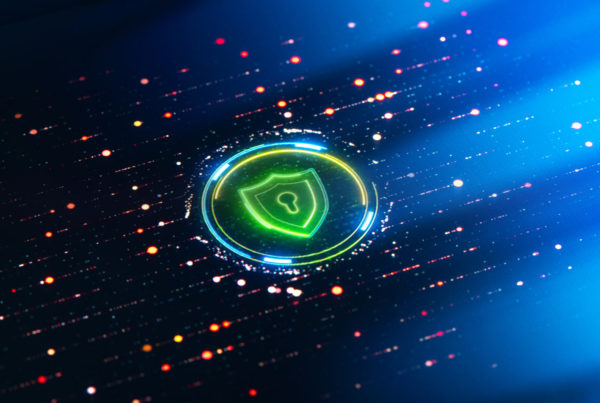The internet is a wild place, and threats to your network’s security can come from all directions. Malware, hackers, and even disgruntled employees can threaten to steal or delete the information your business needs to succeed, and you’ll need to account for all of them if you want your network to stay secure and safe. Of course, you only have so much time and so many resources, so it’s also important to deal with the most dangerous threats first.
1. Dangerous Emails
Phishing is the number one entry point for hackers who want to get into a private network. Phishing emails pretend to be official and either promise a reward or threaten some danger if the recipient doesn’t hand over sensitive information like passwords or bank account numbers. Other dangerous emails include virus carriers with attachments that will infect your computer if you try to download them. Your best defense is to learn what phishing looks like and train your employees to know what to look for, too.
2. Disguised Downloads
Outside of attachments, the way most viruses get onto a new computer is when a user downloads a file that promises to be one thing but is actually something else. A good web browser and antivirus software can identify threats before they can harm your computer, but new, unknown threats are popping up all the time. One quick way to check a file is by looking at its size: if it’s much bigger or much smaller than it should be, it’s probably malware in disguise.
3. No Backup
If a virus does corrupt your computer, it may destroy important data or else make it impossible to reach. If a hacker or a bribed employee steals information off your computer and destroys the original copy, it’s often gone forever. You might even lose your information from a natural disaster like a lightning strike or a flood. However, you can get everything back if you regularly back up your data, and it helps to have both a large storage system on-site and a cloud server as a remote backup.
4. Poor Password Protection
It’s all too common for otherwise sophisticated I.T. businesses to end up using default passwords or easily guessed passwords like “12345” and “password.” Make sure you let your employees know what a strong password is and that you’ll be expecting them to create them without leaving
a note near the keyboard with the password on it. Of course, you should never forget to follow your own rules, either.
All four of these security concerns are obvious, and any good I.T. professional will repeat them over and over again. However, businesses of every size continue to forget about how important they are and how simple it is to avoid these risks. If you can only do one thing about the security of your business network, make sure you and your employees are all familiar with the dangers and know what they ought to do to avoid the risks and maintain basic network security.



